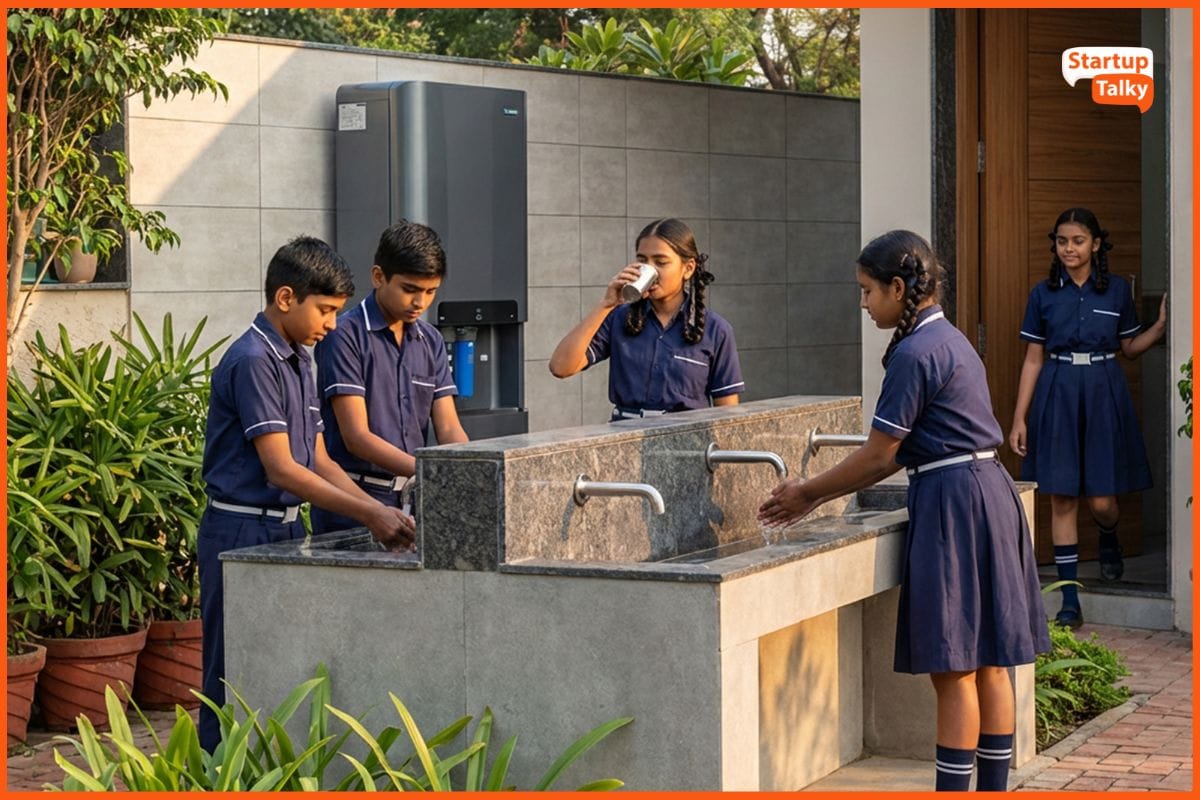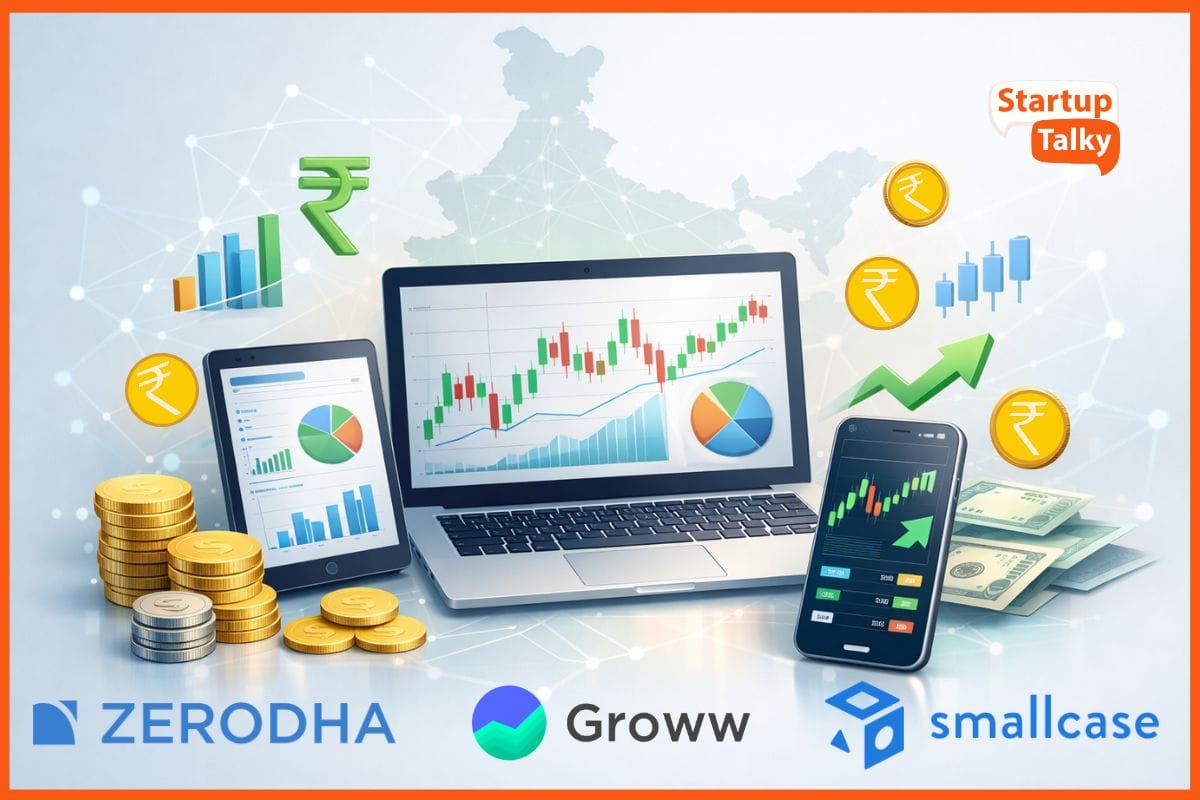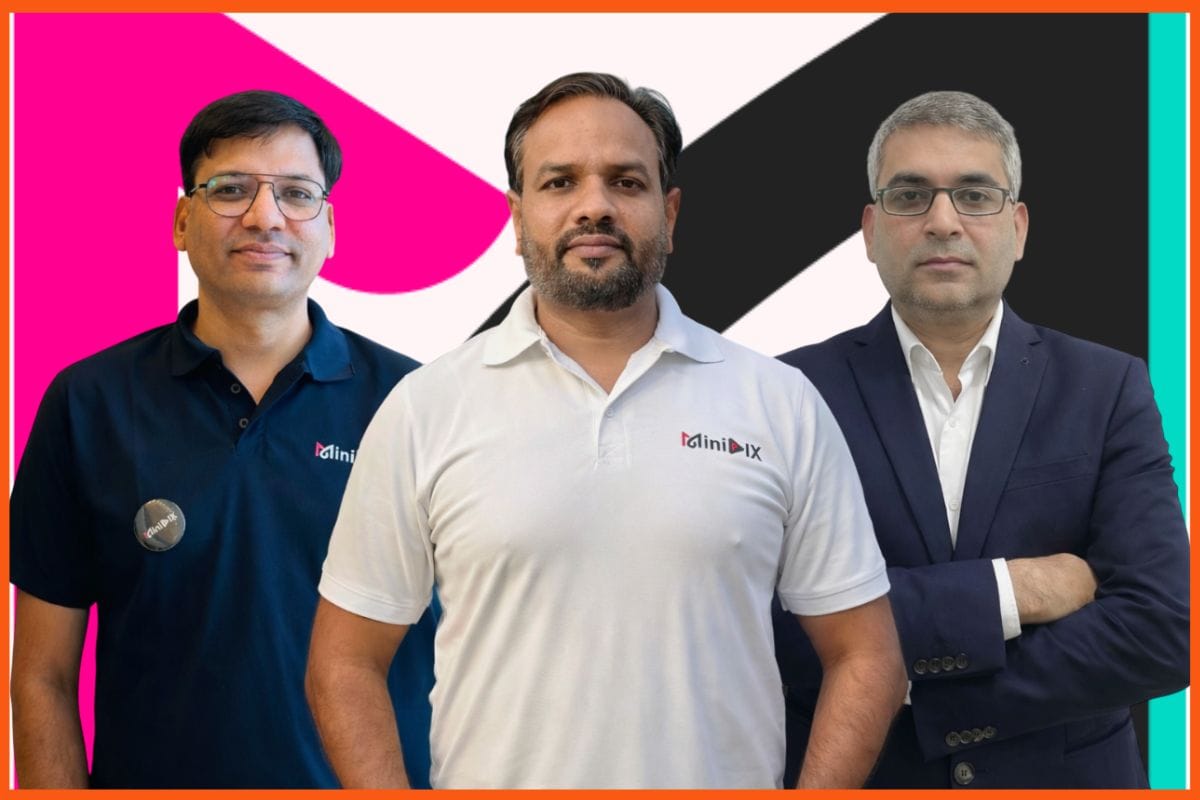Trials, Triumphs, and Transformations of Content Creators
🔍Insights
The creator economy gained significant traction prior to the COVID era, experiencing a surge during the pandemic when content consumption soared. As we transition into a post-COVID landscape, the outlook for creators appears less favorable.
While figures like Ankur Warikoo, Ranveer Allahbadia, Akshat, Sharan Hegde, Bhuvan Bam, and Carry Minati have mastered sustainable income generation on platforms like YouTube, Instagram, and LinkedIn, the majority struggle to translate content creation into financial stability. Branded creators such as Kamiya Jani and Miss Malini represent the exception rather than the rule.
For a substantial portion of creators—about 95%—the creator economy seems exaggerated. Despite engaging in various creative endeavors, from dancing to emotional performances, many struggle to establish a consistent income stream for long-term survival. Brands also recognize this, utilizing influencers temporarily before moving on to the next trending figure.
"People only have time to consume so much. So you have to be the best, or in the top few, in any given space," remarks Austin Rief, CEO of Morning Brew. The intense competition makes it challenging to thrive in a saturated market, with only a fraction of creators reaping substantial financial rewards.
Platforms like Gumroad and OnlyFans aim to extract fees ranging from 5-20% from an industry where even the top 1% doesn't guarantee millionaire status. The addressable market is not colossal, making it improbable for any creator to achieve a billion-dollar business. Only a few creators manage to earn a million dollars or INR 1 crore annually, and their sustained success is far from guaranteed.
The fleeting nature of a creator's career exacerbates the challenges.
The once-promising projections of the Creator Economy reaching $100 billion now seem questionable. As the advertising market contracts amid a slowdown, many content creators are expected to face financial difficulties.
In the global surge of the digital creator economy, Indian content creators confront a unique challenge: struggling to distinguish themselves in an intensely competitive landscape. Tanya Mehra, an Instagram Mom Blogger and Influencer, points out the difficulty of standing out among millions of creators, leading to challenges in securing brand partnerships and sponsorships, and hindering sustainable revenue generation.
Ravish Shetty, a Digital Content Creator, highlights the minimal compensation from short-format social media platforms, leaving branded content as the primary revenue stream. However, copyright issues, particularly with licensed songs in long formats, pose additional obstacles to earnings.
Navdeep Sharma, co-founder at ReelStar, underscores the multifaceted challenges hindering the growth of Indian creators, including monetization hurdles, copyright concerns, and limited access to resources and partnerships. These obstacles contribute to the slow progress of India's creator economy, leaving untapped talents.
Faisal Khan, founder of MotorBeam and FK-R, echoes the influencers' struggle, emphasizing that content monetization is a primary challenge. He also mentions difficulties in adapting to dynamic technology, changes in digital platforms, and creating content suitable for various formats as serious hurdles in the digital influencer economy.
The Evolving Landscape of Content and Commerce in India
The Rise of Indian Creators
The Landscape of Influencers
Monetization Strategies for Creators
Triumph Techniques
The Economic Impact of the Creator Economy
Headwinds and Promising Horizons
The Evolving Landscape of Content and Commerce in India
India's dynamic digital landscape has given birth to a thriving creator economy, where individuals leverage creativity and entrepreneurial spirit to produce and monetize content across diverse online platforms. This not only reshapes how people consume entertainment and information but also generates numerous economic opportunities for individuals and businesses.
The Rise of Indian Creators
With over 100 million individuals actively creating content on platforms like YouTube and Instagram, India hosts a diverse community of creators spanning various genres. Their impactful content resonates with large and engaged audiences, positioning them as influential figures within their niches.

The Landscape of Influencers
According to the Animeta report referenced earlier, the expansive creators' ecosystem includes around 922,000 individuals with a minimum of 100 followers across YouTube, Instagram, and Facebook. These creators fall into distinct categories: Nano (53%), with fewer than 10,000 followers; Micro (36%), ranging from 10,000 to 100,000 followers; Macro (10%), commanding 100,000 to 1 million followers; and the remaining (0.8%), designated as Mega creators, boasting 1 million or more followers.
Examining this evolution of influencers, Sagar Pushp, CEO, and co-founder at ClanConnect, notes that the surge of influencers in India is primarily propelled by micro and nano influencers situated in Tier 2-3 regions. However, this growth poses challenges for the creator economy, as a significant percentage of Indian creators from smaller towns and cities lack access to paid collaboration opportunities with brands.
Further expanding on this perspective, Himanshu Arora, co-founder at Social Panga, emphasizes the extensive Total Addressable Market (TAM) for these content creators spread across India. He underscores the need for a reevaluation of how content creators establish a pan-India presence. Collaborations between artists, digital agencies, and policymakers become crucial as the digital landscape evolves, supporting sustainable growth and addressing the challenges faced by Indian creators.
Archit Agarwal, founder and CEO at Tikshark Solutions, underscores that these challenges not only impact the sector's credibility but also constrain Indian creators from competing effectively on the international stage. Initiatives from both the government and private sector, coupled with the increasing penetration of the internet and smartphone usage, are paving the way for a more inclusive and thriving digital creator ecosystem in India.
Monetization Strategies for Creators
Indian creators employ various monetization strategies to generate income, including brand collaborations, affiliate marketing, advertising (display, video, and affiliate marketing), sponsored content, merchandising, fan subscriptions, direct payments, digital products, live streaming, consulting/coaching, events, and licensing.

Triumph Techniques
Selecting an effective monetization strategy depends on factors such as audience demographics, content type, platform choice, and financial goals. Considering these elements ensures creators align their strategy with their unique circumstances.
The Economic Impact of the Creator Economy
The creator economy significantly contributes to India's economy, with YouTube's creator ecosystem alone contributing over Rs 16,000 crore to the GDP in 2022, supporting the equivalent of 7.5 lakh full-time jobs. The creator economy is poised for exponential growth, further driving economic expansion and job creation.
With a remarkable mobile penetration of 77% among the total Indian population and one of the lowest data costs globally, the creator economy holds immense importance. It serves as a pivotal platform, enabling millions of talented individuals to exhibit their skills, connect with a global audience, and capitalize on their content.
The creator economy takes on particular significance in India, where a substantial population of tech-savvy youth is eager to showcase their talents. With over 1.3 billion people in the country, more than 600 million are internet users, positioning India as one of the largest online markets globally. This demographic landscape has spurred a substantial demand for content, prompting creators to respond by producing high-quality, captivating content that has garnered attention not only locally but also from audiences around the world.
The convergence of several factors, including a sizable and youthful population, a burgeoning internet user base, escalating video viewership, the democratization of content creation tools, and the rapid expansion of the creator community, paints a promising future for the nation.
Meta strives to furnish creators with the means to express their creativity, foster collaborations with both creators and brands, and establish a secure environment that encourages people to comfortably express themselves.
Significantly, the organized influencer marketing sector is projected to surpass ₹3,000 crore in FY24, with the revenue share of micro-influencers expected to rise from 9% in the current fiscal year to 14% in FY24.
Meta India head, Sandhya Devanathan highlights the pivotal role played by the surge in short-form videos, particularly on platforms like reels. She notes that more individuals from smaller cities and towns are leveraging reels to showcase their talents, gaining national recognition. With reels, creators now have a global platform to exhibit their skills, marking a significant positive shift in their trajectory.
YouTube: The Birthplace of the Creator Economy
Headwinds and Promising Horizons
Despite rapid growth, the creator economy in India faces challenges such as content discoverability, a lack of robust monetization infrastructure, and issues with copyright protection. However, these challenges coexist with opportunities driven by increasing smartphone and internet penetration, rising disposable incomes, and the potential of emerging technologies like blockchain and artificial intelligence to revolutionize monetization and content discovery in the creator economy.
Advanced technologies like ChatGPT, OpenAI’s GPT-3, Hugging Face, and Google’s BERT hold the potential to revolutionize the landscape of the creator economy, offering enhanced capabilities for efficient and personalized content creation. Through the integration of AI and machine learning, content creators gain the ability to produce top-tier content at an accelerated pace, enabling them to expand their enterprises and connect with broader audiences. This transformation may intensify competition within the space, compelling creators to consistently innovate and adapt to maintain a competitive edge.
It is crucial to emphasize that while these technologies have the capacity to disrupt the industry, creators remain the focal point of the creator economy. Despite the evolution of tools and technologies, the fundamental requirement for imaginative and innovative individuals to generate compelling content will endure. The symbiotic relationship between creators and technological advancements ensures that, as the industry evolves, creative individuals will continue to play a central role in shaping the content creation landscape.
FAQs
What are the various strategies applied by Indian creators to generate income?
Indian creators employ various monetization strategies to generate income, including brand collaborations, affiliate marketing, advertising, sponsored content, merchandising, fan subscriptions, direct payments, digital products, live streaming, consulting/coaching, events, and licensing.
What are the categories of creators on the social media platforms?
The various categories of creators are based on the number of followers: Nano (53%), with fewer than 10,000 followers; Micro (36%), ranging from 10,000 to 100,000 followers; Macro (10%), commanding 100,000 to 1 million followers; and the remaining (0.8%), designated as Mega creators, boasting 1 million or more followers.
Must have tools for startups - Recommended by StartupTalky
- Convert Visitors into Leads- SeizeLead
- Website Builder SquareSpace
- Manage your business Smoothly Google Business Suite







